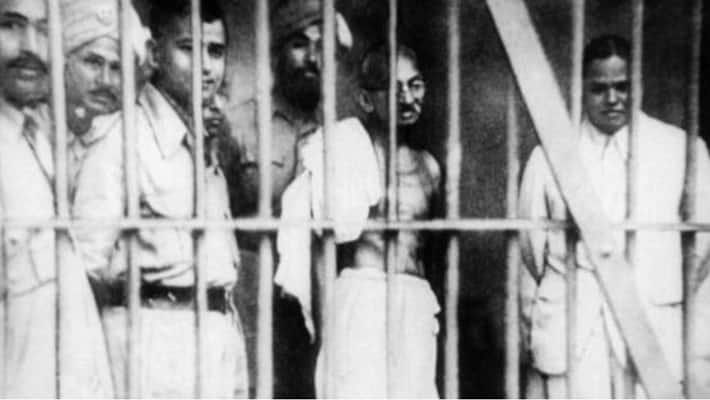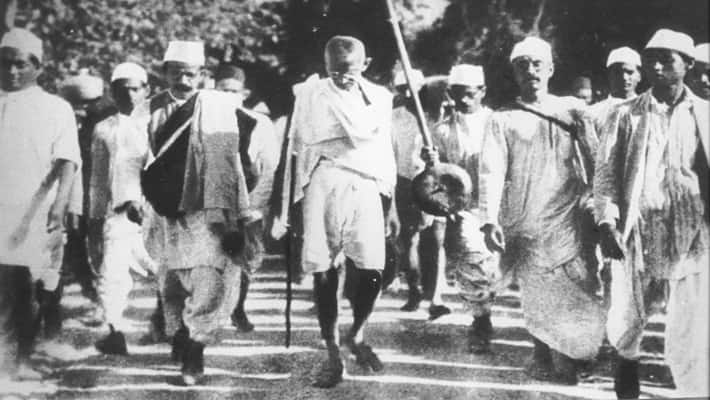Independence Day Special: Who was Pingali Venkayya? The man who designed the first Indian national flag
First Published Aug 11, 2024, 10:12 AM IST
Mahatma Gandhi asked Venkayya to design the flag and he studied the flags of 30 countries over five years, from 1916 to 1921, culminating in the creation of the tricolour.
 )
To celebrate Independence Day, we proudly raise our national flag. But do you know the story behind its design? The flag was created by Pingali Venkayya, a dedicated teacher and freedom fighter with a remarkable journey. Let’s read the fascinating story of how this iconic flag came to be.
 )
Pingali Venkayya, born on August 2, 1876, in Bhatlapenumarru near Machilipatnam, Andhra Pradesh, was the son of Hanumantha Raidu and Venkat Ratnamma. He completed his high school education in Madras and graduated from Cambridge University. Upon returning to India, he worked as a railway guard and later as a government employee in Lucknow. Venkayya then moved to Lahore to study Urdu and Japanese at Anglo Vedic College.

Pingali Venkayya was well-versed in various fields, with a particular passion for geology and agriculture. He specialized in diamond mining and was involved with the British Indian Army's participation in the Anglo-Boer War in South Africa. Influenced by Mahatma Gandhi, he engaged with Gandhi's ideas and was deeply interested in education. Between 1906 and 1911, Venkayya conducted a comparative study of various cotton crops.
The tricolour flag was conceived during the Indian National Congress convention held in Kakinada, where Pingali Venkayya developed a close relationship with Mahatma Gandhi. Venkayya proposed the idea of a national flag for India, which Gandhi supported. Gandhi asked Venkayya to design the flag and he studied the flags of 30 countries over five years, from 1916 to 1921, culminating in the creation of the tricolour.

In 1921, during the Indian National Congress session in Vijayawada, Pingali Venkayya presented his flag designs to Mahatma Gandhi. Then, the design had two colours, namely, red and green. This two-coloured flag was used in Congress sessions nationwide but was not officially approved at the time. Later, Hansraj from Jalandhar suggested incorporating the spinning wheel, and Gandhi recommended adding a white stripe. The tricolour was officially adopted at the 1931 Karachi session of Congress. Subsequently, the Charkha was replaced by the Ashoka Chakra in the center of the flag. Pingali Venkayya passed away on July 4, 1963.





